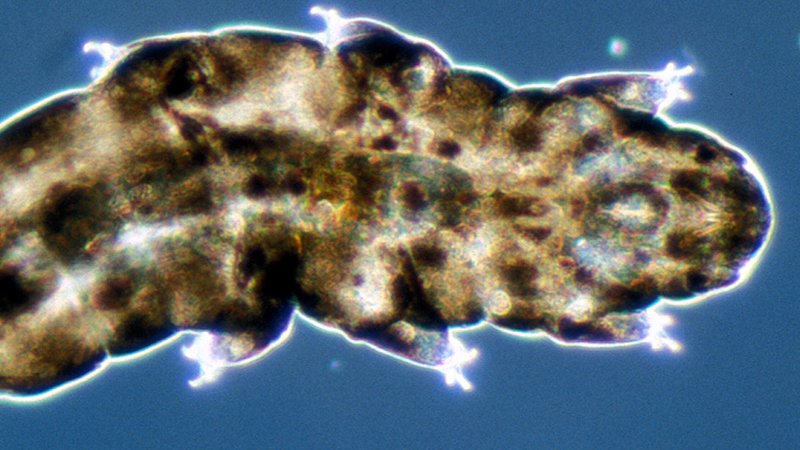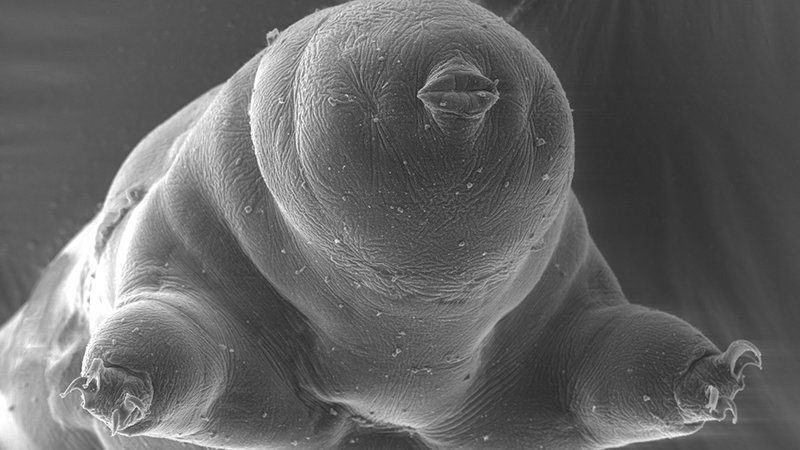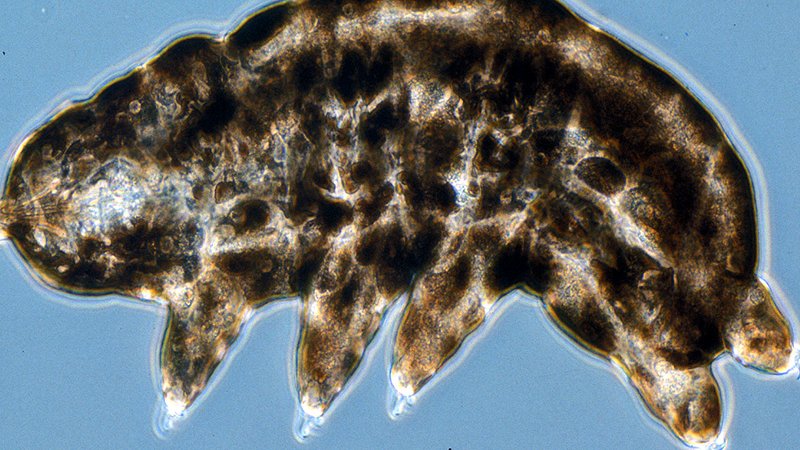Water bears are a little known but nevertheless surprising family of animals. They are only between 0.2 and 0.5 mm large and run or climb very slowly (“Tardigrada” translates to “slowly striding”). They earn their common name from their bear-like appearance. Many can dry out (cryptobiosis) together with their habitat. They then survive in a desiccated, cyst-like stage (known as a “tun“). They represent a form of life that is known as “cryobiosis”. They are among the most resilient life forms known on earth because they survive even the most extreme environmental conditions (from 100°C to -272°C), chemicals, pressure of up to 1000 atmospheres, and radiation of up to 1.000.000 Roentgen. The mechanisms underlying this surprising resilience are not known. Hypsibius klebelsbergi is one species that was found at the Rotmoos glacier near Obergurgl.

Water bears

Water bears

Water bears












